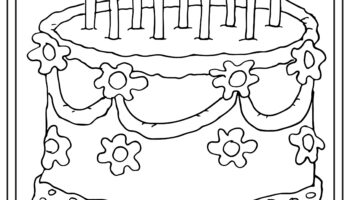A custom-designed enclosure for computer components, created through additive manufacturing processes, allows for personalized dimensions, features, and aesthetics. These enclosures offer an alternative to mass-produced, standardized options, providing a higher degree of control over the final product. For example, one can design an enclosure optimized for specific cooling solutions or to fit within a confined space.
The ability to fabricate bespoke computer enclosures unlocks possibilities for improved thermal management, reduced noise levels, and enhanced aesthetic appeal. The historical context involves the increasing accessibility of additive manufacturing technology, making personalized computer construction more feasible for hobbyists and professionals alike. Reduced manufacturing costs for single-unit production are also a key benefit.
This article will explore the design considerations, material selection, and manufacturing techniques involved in realizing a functional and aesthetically pleasing housing. Further, it will discuss design software and tools, printing processes, and post-processing techniques. Finally, it will also address structural integrity, thermal performance, and electrostatic discharge considerations.









